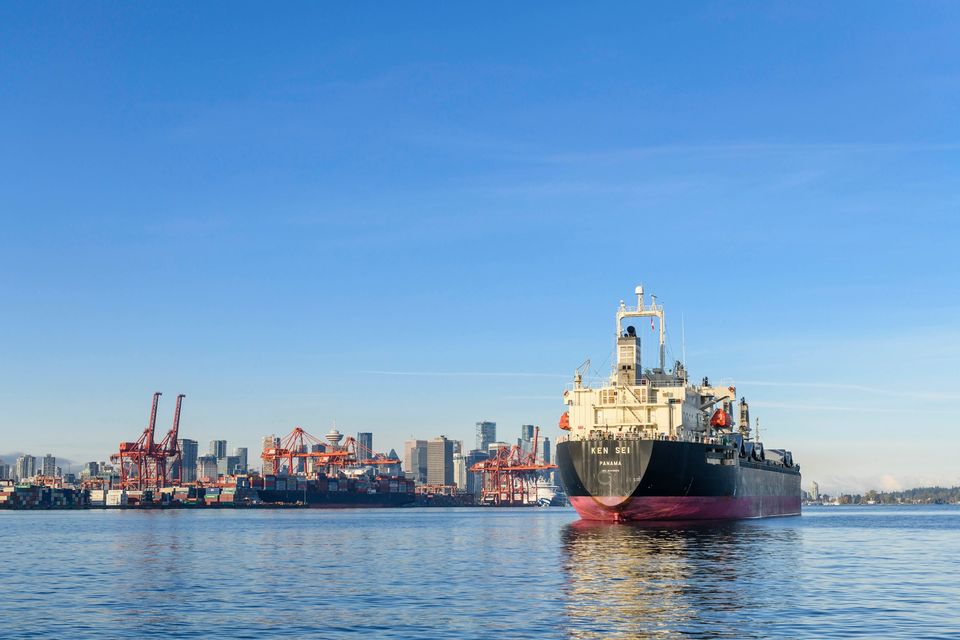
Image:Port of Vancouver
Canadians nationwide depend on marine shipping for the affordable, safe, and efficient delivery of products. Recognizing the pivotal role of sustainable shipping in fostering a robust economy and preserving the environment, the Minister of Transport, the Honorable Pablo Rodriguez, has unveiled the Green Shipping Corridor Program, backed by a substantial investment of $165.4 million. This initiative aims to establish green shipping corridors, fostering the decarbonization of the marine sector along significant shipping routes, including the Great Lakes, the St. Lawrence Seaway, and Canada’s east and west coasts.
Accompanying this announcement, the Minister of Energy and Natural Resources, the Honorable Jonathan Wilkinson, reiterated the government’s commitment at the Port of Vancouver. The Green Shipping Corridor Program comprises two funding streams, each playing a pivotal role in reducing pollution in the marine sector and advancing the development of clean and reliable shipping corridors:
- Clean Ports Stream: This stream will allocate funds to support the adoption of clean technology and infrastructure at ports and terminals.
- Clean Vessel Demonstration Stream: Funding under this stream will facilitate the study, testing, and piloting of clean fuel propulsion systems for shipping vessels.
Applications for funding under these streams are now open on the Transport Canada website, inviting innovative projects in the marine sector. The program aligns with Canada’s commitment to achieving net-zero emissions by 2050 and emphasizes collaboration in establishing green shipping corridors to decarbonize crucial maritime areas.
Quotes:
- “With the new Green Shipping Corridor Program, Canada is taking another step towards meeting its commitment to net-zero emissions by 2050. We can work together to establish green shipping corridors to decarbonize the marine sector along the Great Lakes, the St. Lawrence Seaway, as well as Canada’s east and west coasts.” – The Honourable Pablo Rodriguez, Minister of Transport
- “The Government of Canada is making smart investments to ensure that our critically important supply chains – the economic links that ensure affordable goods and products are delivered to market and to Canadians – are as sustainable and competitive as possible. Today’s investment is key to accelerating the uptake of clean technologies, fuels, and energy sources, here in British Columbia and across the country.” – The Honourable Jonathan Wilkinson, Minister of Energy and Natural Resources
Quick Facts:
- In November 2021, during the United Nations Climate Change Conference (COP26), Canada committed to the Clydebank Declaration, supporting the establishment of zero-emission maritime routes known as green shipping corridors.
- Canada, with stakeholders leading the development of green shipping corridors, has signed agreements for routes including Montreal – Anvers, Halifax – Hamburg, and Pacific Northwest – Alaska, with ongoing efforts to pursue additional green shipping corridors.
- The Green Shipping Corridor Program is a vital component of the Government of Canada’s commitment to transportation decarbonization and the transition to zero and near-zero greenhouse gas emission fuels and technologies in the marine sector.
- Since 2016, the Government of Canada has invested $3.5 billion in the Oceans Protection Plan, the most extensive investment to protect Canada’s coasts and waterways.
- The ongoing investments in Canada’s transportation infrastructure aim to strengthen the country’s supply chain, spur economic growth, and create international opportunities for businesses.
Source:Gouerment of canada

